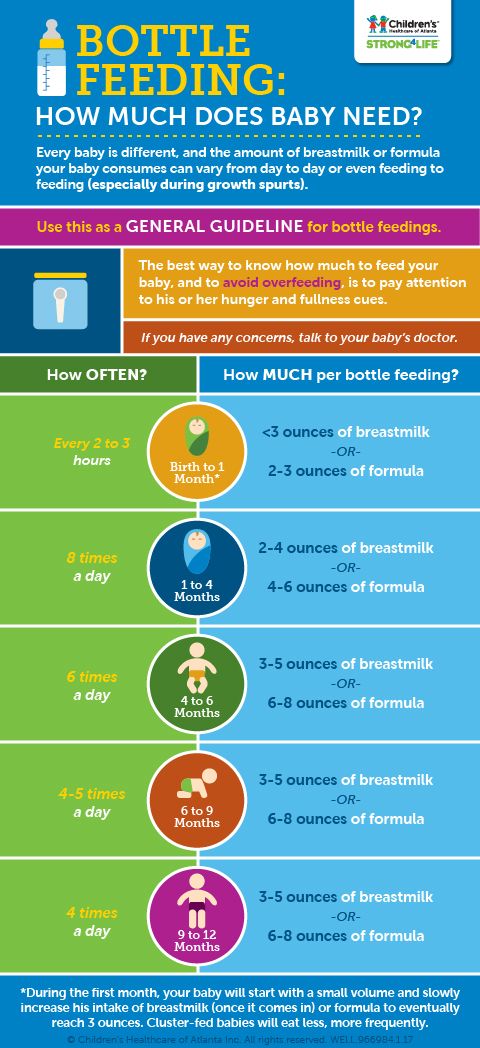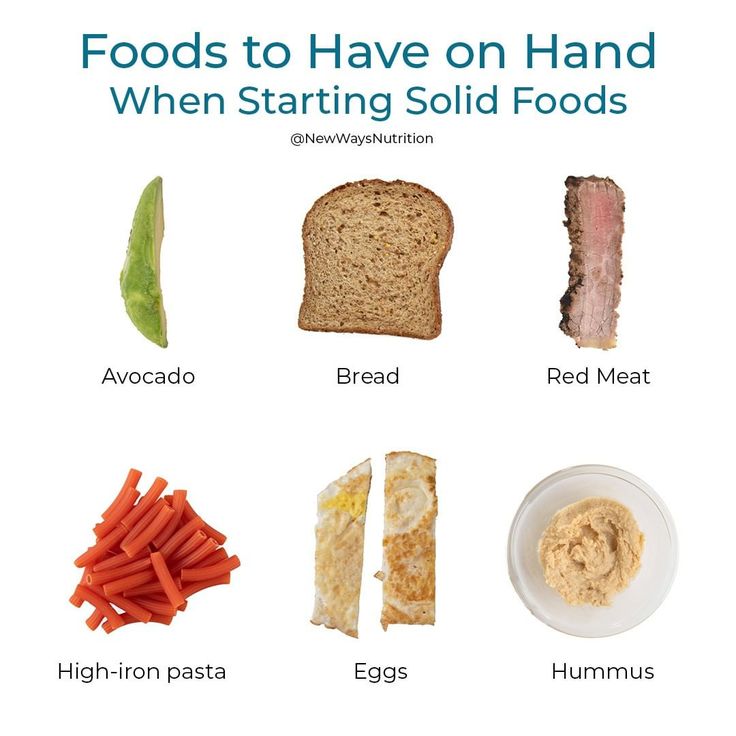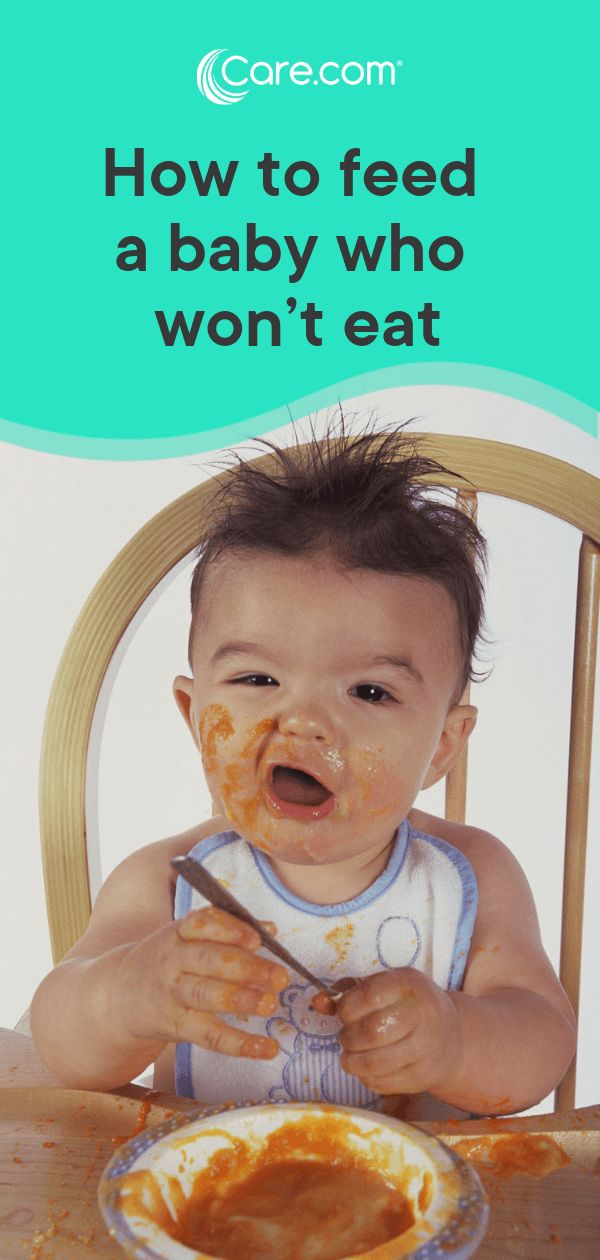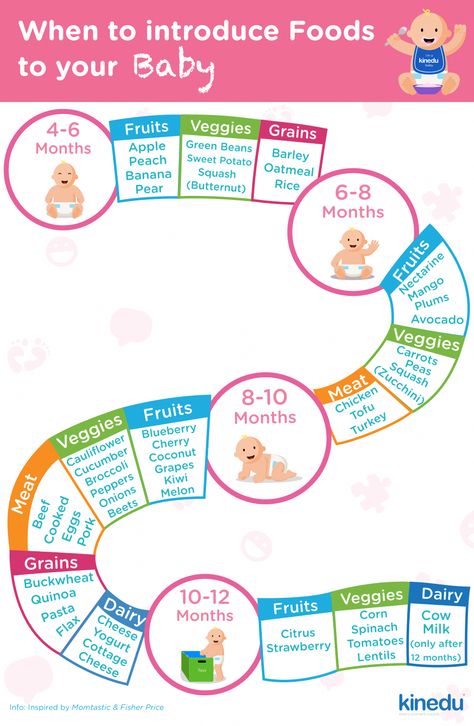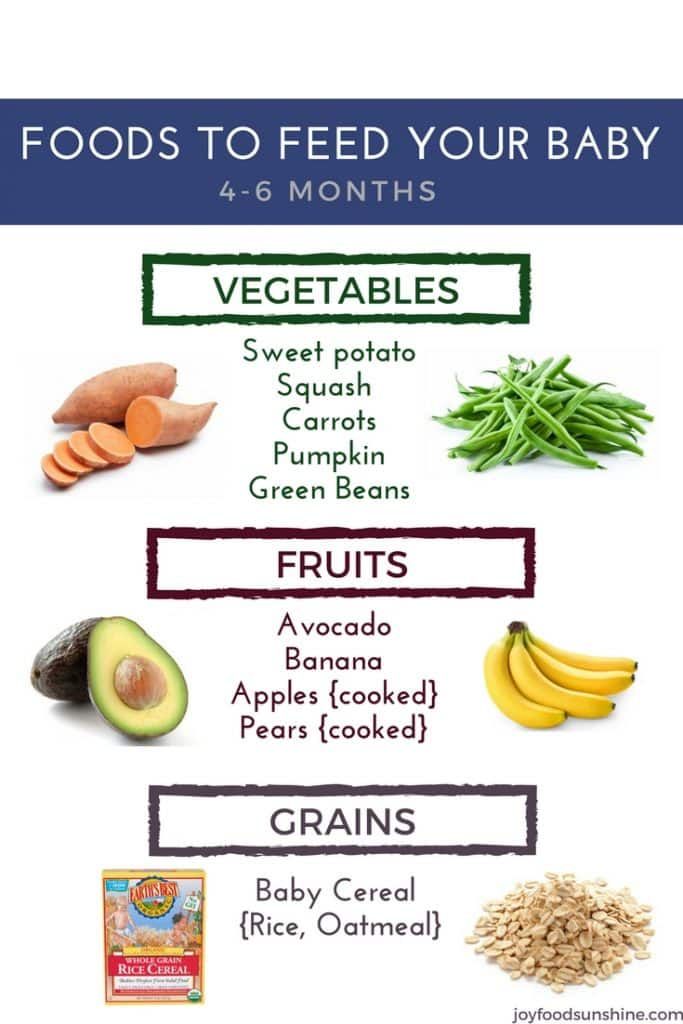How to make babies eat food
7 Clever Ways to Get Your Fussy Baby to Eat
Whether they’re distracted, food seems unappetizing, or they’re just not hungry, fussy babies can make for frustrated parents. Since babies can’t verbalize what they want (or cook for themselves), all you can do is present healthy options creatively and at regular intervals. It’s up to baby to eat. Try these seven clever strategies—
1. Channel Your Inner ArtistBabies are naturally “neophobic,” meaning they’re fearful of anything new. When your baby rejects a new food, keep in mind it might not be the flavor. Your little one could just need more time and some inspiration. When introducing a new taste or texture, consider baby’s tray your palette. Use boiled macaroni and some olives to make a smiley face, or organize soft berries and boiled vegetables into a rainbow. Despite what our moms always told us, sometimes playing with your food is OK—especially when it helps them feel comfortable with new colors and food combinations.
You might gasp a little when yogurt ends up on the floor, but encouraging baby to play will strengthen his relationship with food, making him less hesitant to try new tastes and textures. Give him a few colors and textures to play with—a dollop of vegetable purée (like Beech-Nut sweet corn & green beans), a few blueberries, and maybe something with a kick like tiny bits of nectarine or orange. Then, let him have some fun. Don’t worry… it’s nothing you can’t wipe up quickly.
3. Jam out to “The Wheels on the Bus”Babies are often more open to trying new genres of music than flavors of food. To help make mealtime a bit more memorable, consider jamming out with your babe to his favorite song. No radio necessary. This is where the spoon becomes the mic, you become the lead singer and baby acts as backup vocalist — taste testing the mic every once in a while, of course.
4. Mix (and Spice) It UpYou don’t eat just one thing for lunch, so don’t make baby do it either. Small, baby-safe ice cube trays make for the perfect “separator plate” solution. Provide a variety of foods—some new and some tried-and-true—then, let her pick around and taste the new foods among the ones she trusts.
Not quite ready for brand new foods? Introduce new spices to already-trusted foods. Add a pinch of cinnamon to applesauce, or nutmeg to the butternut squash purée from Beech-Nut.
5. Play in the HaystacksA fun way to introduce new textures is to grate baby’s favorite flavors of firm fruits and veggies onto her tray. After spoon-fed purées, long, thin strips of carrots, apples and sweet potatoes may not seem like food. Show your baby how to pile the pieces into an edible mountain and eat each sliver one by one. It’s like Jenga for baby.
6. A Casual Lunch DateEven babies can be social eaters, so whenever you can, invite a friend over for a dining-focused playdate. Prepare a variety of finger foods and purées, including frozen purée pops, which are great for teething tots. You can make your own blend of fruitsicle or just pour a jar of Beech-Nut Naturals into a freezer-proof mold a few hours before. Not only is it fun to have company, but babies whose lips were sealed a minute ago may open up when they see a friend chowing down on lunch.
We all know the airplane trick — our grandparents used it on our parents, our parents used it on us. But baby can see through this and keeps his mouth sealed tight. Try the same method, but refocused.
This cute construction cutlery set will have any dump-truck loving baby combing through his mashed potatoes. Who wouldn’t want to eat dinner off a literal mini ‘fork’lift?
Another presentation method: reusable food bags, like these lunchskins. The same way your baby is entertained by endless games of peek-a-boo, he’ll be excited to see what’s inside the bag. Reserve these bags for new flavors and textures so it’s like opening up something new every time you use them.
However, you use your creativity, make sure it comes in tandem with patience. The most crucial part of getting your baby to eat is to try and try again.
If all else fails, you can also consider adding a multivitamin, which could be great for those picky eaters who may not be getting enough nutrients from their diet. We like the Mommy’s Bliss Organic Multivitamin Drops, which are made without any artificial colors or ingredients (for babies 2 months+).
Have any creative ideas that we didn’t mention? Share them in the comments below!
Feeding Your 4- to 7-Month-Old (for Parents)
Most babies this age are ready to try solid foods. Experts recommend starting solid foods when a baby is about 6 months old, depending on the baby's readiness and nutritional needs.
Be sure to check with your doctor before giving any solid foods.
Is My Baby Ready to Eat Solid Foods?
How can you tell if your baby is ready for solids? Here are a few hints:
- Does your baby swallow food or push it out of their mouth? Babies have a natural tongue-thrust reflex that pushes food back out.
Wait until this reflex disappears (typically when babies are 4–6 months old).
- Can your baby support their own head? To eat solid food, an infant needs good head and neck control and should be able to sit up.
- Is your baby interested in food? Babies who stare, reach and grab, and open their mouths for food are ready to try solid foods.
If your doctor gives the go-ahead but your baby seems frustrated or uninterested in solid foods, try waiting a few days before trying again. Breast milk and formula will still meet nutritional needs as your baby learns to eat solid foods. But after 6 months, babies need the added nutrition — like iron and zinc — that solid foods provide.
Do not add cereal or other food to your baby's bottle because it can lead to too much weight gain.
Watch for signs that your child is hungry or full. Respond to these cues and let your child stop when full. A child who is full may suck with less enthusiasm, stop, or turn away from the breast or the bottle. With solid foods, they may turn away, refuse to open their mouth, or spit the food out.
How Should I Start Feeding My Baby Solid Foods?
When your baby is ready and the doctor says it’s OK to try solid foods, pick a time of day when your baby is not tired or cranky. You want your baby to be a little hungry, but not so hungry that they’re upset. So you might want to give your baby a little breast milk or formula first.
Have your baby sit supported in your lap or in a high chair with a safety strap.
Most babies' first food is iron-fortified infant single-grain cereal mixed with breast milk or formula. Place the spoon near your baby's lips, and let the baby smell and taste it. Don't be surprised if this first spoonful is rejected. Wait a minute and try again. Most food offered to your baby at this age will end up on the baby's chin, bib, or high-chair tray. Again, this is just an introduction.
When your little one gets the hang of eating cereal off a spoon, it may be time to try single-ingredient puréed meat, vegetables, or fruit. The order in which you give them doesn't matter, but go slow. Offer foods that are high in iron and zinc — such as meat, poultry, eggs, and beans — especially if your baby is breastfeeding. Try one food at a time and wait several days before trying something else new. This will let you identify any foods that your baby may be allergic to.
Which Foods Should I Avoid?
Foods that are more likely to cause allergies can be among the foods you introduce to your baby. These include peanuts, eggs, cow’s milk, seafood, nuts, wheat, and soy. Waiting to start these foods does not prevent food allergies. Talk to your doctor if you’re concerned about food allergies, especially if any close family members have allergies, food allergies, or allergy-related conditions, like eczema or asthma.
Infants with severe eczema or egg allergies are more likely to have allergies to peanuts. Talk to your doctor about how and when to introduce these foods to your child.
Possible signs of food allergy or allergic reactions include:
- rash
- bloating or an increase in gassiness
- diarrhea
- vomiting
Get medical care right away if your baby has a more severe allergic reaction, like hives, drooling, wheezing, or trouble breathing.
If your child has any type of reaction to a food, don't offer that food again until you talk with your doctor.
Babies shouldn't have:
- foods with added sugars and no-calorie sweeteners
- high-sodium foods
- honey, until after the first birthday. It can cause botulism in babies.
- unpasteurized juice, milk, yogurt, or cheese
- regular cow's milk or soy beverages before 12 months instead of breast milk or formula. It’s OK to offer pasteurized yogurt and cheese.
- foods that may cause choking, such as hot dogs, raw carrots, grapes, popcorn, and nuts
Tips for Feeding Your Baby Solid Foods
With the hectic pace of family life, most parents try commercially prepared baby foods at first. They come in small, convenient containers, and manufacturers must meet strict safety and nutrition guidelines.
If you prepare your own baby foods at home, here are some things to keep in mind:
- Follow the rules for food safety, including washing your hands well and often.
- To preserve the nutrients in your baby's food, cook it in ways that keep the most vitamins and minerals. Try steaming or baking fruits and vegetables instead of boiling, which washes away the nutrients.
- Freeze portions that you aren't going to use right away.
- Whether you buy the baby food or make it yourself, texture and consistency are important. At first, babies should have finely puréed single-ingredient foods. (Just applesauce, for example, not apples and pears mixed together.)
- After your baby is eating individual foods, it's OK to offer a puréed mix of two foods. As babies get older, they will learn to eat a greater variety of tastes and textures.
- If you use prepared baby food in jars, spoon some of the food into a bowl to feed your baby. Do not feed your baby right from the jar — bacteria from the baby's mouth can contaminate the remaining food. If you refrigerate opened jars of baby food, it's best to throw away anything not eaten within a day or two.
- Around 6 months of age is a good time for your baby to try a cup. You might need to try a few cups to find one that works for your child. Use water at first to avoid messy clean-ups. Do not give juice to infants younger than 12 months.
Over the next few months, introduce a variety of foods from all the food groups. If your baby doesn't seem to like something, don’t give up. It can take 8 to 10 tries or more before babies learn to like new foods.
How to teach a child to eat any food with pleasure - Moscow 24, 01/18/2021
January 18, 2021, 10:07
Society
A common table, a turned off TV and a personal example. Journalist and mother Evgenia Artamonova shares life hacks on building a healthy relationship with food in a child.
Photo: depositphotos/oksun70
Before the birth of the child and all the 2.5 years that we were together, I thought a lot about food. I listened to authoritative speakers, talked with other mothers and read modern literature. nine0003
It was important to me that my son liked to eat. He felt the taste of food, ate intuitively: when he wants and what he wants. So that he would not remember with horror how he was not allowed to leave the table, "until the soup is finished." So that in adulthood he does not suffer from eating disorders and does not eat sweets.
The second, no less important task that I set for myself (and, to be honest, I have not yet fully solved it) is to reduce the level of parental anxiety and make life easier for myself. Do not calculate the grams eaten by the child, do not worry that he did not want something. Do not "fly" like a seagull around the table, constantly instructing "how it should be." nine0003
We are still half way there. But I'm happy with the results. Most often the child eats. And eat with pleasure. And if I suddenly decide not to eat, I try not to worry, because this is normal. As soon as I catch myself wanting to help my son finish eating, I seem to be transported back to my childhood and automatically turn on some settings that have been recorded in my subcortex. I almost want to distract and spoon-feed, but most often I stop myself in time. I strive for 100% Zen.
Answers to many pressing questions were found in the book "My child does not want to eat!", written by a pediatrician, author of several works on nutrition and children's health, Carlos Gonzalez. His modern approach is very close to me: to give the child freedom of choice, to believe in him and not interfere. nine0003
Below is a list of tips on how to instill a love of food in your child based on the insights of Gonzalez and other evidence-based professionals that work.
- Don't force me.
As Gonzalez writes, "The truth is that children do not grow because they eat. They eat because they grow. Those who become tall, with broad bones, always eat more than those who are short and thin." That is, we cannot know for sure how much a child really needs at a particular moment. nine0025
- Don't worry if your child doesn't eat.
Doesn't want to eat now - will come back later.And if not, then he doesn't need it. Therefore, the best solution is to shift your attention to other more important tasks.
- Involve your baby in the kitchen, do it together.
Invite your child to take part in the cooking process. Trust some simple assignments. From my own experience I will say: what the son had a hand in is eaten with special pleasure. nine0025
- Make eating a family ritual.
Give your baby a separate seat at the table and eat together at the same time. We have a special children's growing chair. From a month we move to a common large table and simply adjust the seat for height. It is interesting and important for the son to be with us. - Less salt and pepper.
Try to limit the use of spices and sweeteners so that the child (and adults will also benefit) learns to recognize the original taste and enjoy, for example, even cauliflower eaten without any additives. nine0025
- Green light for food games.
Playing with food within reasonable limits is also an experience! After all, a child learns the world through play. I allow (do not interfere) to scatter the ingredients of the dish around, eat with my hands / spoon / fork, sit on the table, eat from my plate, leave the table in the midst of the meal and return.And if we talk about restlessness, then up to three years (and sometimes later) this is normal. That's how little kids are. During periods of wandering back and forth, I catch zen.
- Don't get distracted. nine0024 During each reception, try to keep the process at the forefront. You can chat, joke, listen to music, but if something interferes, you need to remove it. It's better to turn off the TV. Because if adults can still somehow separate watching TV and eating food, then children become little zombies: they automatically put spoons in their mouths or completely forget. And then, already at a more meaningful age, they stop noticing gastronomic desires and needs.
- Set an example. nine0024 And, probably, the main secret is that significant adults in the family eat the way they would like the child to eat. Children repeat everything after their parents. If you do not eat barley, soups and broccoli, then why should a child love them? He understands: yeah, mom and dad don’t eat it, I don’t want it either!
Photo: depositphotos/demiurg_100
Therefore, start with yourself. Do you want your child to have a healthy and balanced diet? Study the question. Introduce more vegetables, different cereals, legumes into the diet. Experiment, explore new flavors and combinations. Try not to get carried away with sauces. Try the products individually. And everything will work out! nine0003
Artamonova Evgeniya
society
Media news2
The child does not want to eat. How to feed him?
Komsomolskaya Pravda
Dom. FamilyMom and babyMom and baby: Education and development
Anna GERASIMENKO
February 2, 2010 1:00
Does the baby turn away from the plate, runs away from the table? How can I get him to eat?
My friend's daughter ate practically nothing but breast milk until she was two years old. She did not recognize any purees, potatoes, carrots. Well, she didn't want to eat! None! He will take a piece of banana in his mouth - he will spit, he will pick the porridge in his plate - he will smear it on the table. And you can’t sit at the table, and no fairy tales-persuasion helped. And then her mother left her alone: if she doesn’t want to, let her not eat. And one day she began to have breakfast, lunch and dinner. Herself. With pleasure. nine0003
I have seen more than once how grandmothers in our yard take out food for their grandchildren in plastic boxes for a walk: “Only eat outside!” Some feed in front of the TV, some help with toys and drawings. One kid loved dogs so much that his parents bought him a beautiful dog bowl, and he ate only from it with appetite.
If the child is healthy, but does not want to eat because he does not like the process of eating, you can try to interest him and persuade him.
SPOON-SHIP
1. Rhymes. For a child, meal time is the most boring. Running is not possible, playing is difficult. Waste of time! Try to captivate the baby with rhymes and nursery rhymes. Read his favorite poems or poems about food. You can resort to the old technique, when the spoon turns into a car and it needs to drive into the tunnel, or, as in the old rhyme, the spoon-boat needs to be moored in the port.
A spoon-boat was standing In the potato port. A spoon-boat left With potatoes on board. A spoon-boat floated with potatoes on the waves. nine0003
2. Fairy tales. My daughter was helped to have breakfast by a story about her favorite horse Shurik, who rode her in the park: once Shurik did not eat porridge in the morning, and he did not have the strength to ride Masha. Tell stories about small animals as believable as possible and with all the details and dialogue. When a child is interested, the mouth opens by itself!
3. My grandmother used to draw my plate of meatballs and mashed potatoes for me as a child. Draw on a piece of paper all the dishes that are in front of the child. Connect the baby to the game: ate a piece - sketched part of the picture on paper. And so on until the food in the plate runs out. nine0003
4. Try cooking together. The kid can easily sculpt cutlets (from meat, from crushed potatoes), make pancakes (from carrots, zucchini, apples), cut cookies with plastic molds. The other day my daughter and I fried zucchini - circles. She rolled them in flour with such enthusiasm that after that there was not even a question: to eat or not to eat? Of course there is, because she cooked it herself!
5. Make your meals beautiful. There are special knives that cut curly garlands, balls, flowers, etc. from fruits and vegetables. . My daughter loves pasta, and when I need to give her mashed potatoes, I take a potato masher with holes and squeeze the mashed potatoes onto a plate in thin streams - it turns out "potato pasta". nine0003
6. Intrigue your little one. Some time before dinner, start saying: “What a delicious lunch we will have today! Oh, what awaits us at dinner! The child will be interested and will look forward to dinner.
7. Sit down to dinner together. The example of mom and dad is contagious! Eat with gusto and your baby will imitate you with pleasure.
8. Swap plates. Someone else's food always tastes better. Put what you want to give your child on your plate, put it on the table and get ready to eat. Give him a plate with your food and offer to change. Maybe it will work? nine0003
9. Choose beautiful dishes. Now the stores have dishes with the favorite characters of children - Winnie the Pooh, Mickey Mouse, princesses, cars, etc. And then, while eating, start the operation to save Winnie the Pooh from mashed potatoes: “Winnie’s ear has already appeared, that’s paws ... "You can go to the store together, and let the baby choose a plate, a cup and a spoon with a fork. You can also buy a beautiful napkin or tablecloth.
10. The little ones love to drink through a straw. Invite your child to eat soup or liquid puree through a straw. One of my acquaintances, a caring father, managed to pour even bitter medicine into his son through a tube! nine0003
DON'T DO IT SO
Don't force your baby to eat. Otherwise, instill in him only hatred for this process. The option “a spoon for dad, mom, etc., otherwise mom will be offended, and dad won’t come home from work” - a blow to the psyche is nowhere worse!
Threats like “if you don't eat, you won't go for a walk, and I won't turn on the cartoons” will not help for anything. The baby, perhaps, will eat, but without any pleasure, and eating will be associated only with negative emotions.
Do not get annoyed when the baby spills something, do not scold him for spreading porridge on the table. As a rule, a child plays with food not out of harm, but to check what will happen. For him, everything, including porridge, pasta and pancakes, is material for creativity. The kid will not understand why you forbid him to draw with such excellent colors as jam. Better stock up on napkins, aprons, bibs, paper towels and oilcloths. nine0003
Don't feed in front of the TV. It is clear that sometimes in the case when you urgently need to go for a walk, and the baby is hungry, all means are good. But doctors say that feeding while watching cartoons, and especially advertising, negatively affects the digestive processes of the child.
Do not develop greed in your child: “Eat, otherwise dad will eat your porridge!”
Many children eat with pleasure when their father or mother invites them to eat in a race: “Eat faster, otherwise I will overtake you now!” If you want it to work, give in and let yourself be overtaken. But remember that during such competitions, the baby throws huge pieces of food into his mouth and does not have time to chew to finish eating faster. Doctors generally do not advise adjusting the baby. nine0003
Why is he small?
- Doesn't like to eat. There is such a type of children - thin, fragile. And they don’t feel any interest in the first food, and then they sit over the plate for an hour, picking with a fork without any pleasure! This does not mean that they are unhealthy - just food is not the most interesting thing for them. Most likely, they will grow up and then show interest in eating!
- Tasteless. Well, judge for yourself, as a first course for feeding my child, the doctor advised cauliflower puree. How it can be eaten at all, even many adults do not understand. And mothers are surprised: why does the baby not eat? nine0003
- Stomach hurts. If a child has constipation, worms, diseases of the gastrointestinal tract, disorders of the intestinal flora, food for him is hard work, not joy. If you suspect problems - get tested, do not feed!
- Wants attention. It happens that dad and mom communicate with the child only at the table during meals - there is no other time. Here the baby attracts the attention of his beloved parents with his whims, whom he misses all day.
- Do not like the consistency of the dish. My daughter turned away from the spoon when she was offered mashed potatoes, but happily ate the jacket potatoes, holding them proudly in her fist. And many children cannot stand the consistency of cottage cheese. nine0003
- Afraid to try a new dish, afraid of not liking the taste. Here you will need patience and only patience. If you have the courage, you will definitely try!
READERS DISCUSS
If he doesn't eat, he won't grow!
My daughter can not eat for a whole day, and then she starts hysterical, not even understanding what she wants to eat. Eat (often under pressure) - calms down. Nothing to eat in the garden! At best, bread with compote. She is small from birth. She is underweight. If I don't feed her at all, what will happen to her healthy growth? nine0177
Julia.
My son is already 5 years old, he only eats sausages and pasta. If these two foods are not available, he may not eat at all! Will walk hungry, nervous, capricious, cry, throw tantrums, but not eat. I have to give him chocolates, sugar, because I understand that otherwise he will not have energy at all - he is worn all the time! And when he is hungry, he feels bad, but he does not want to eat. I try to feed in all ways.
Masha. nine0177
Do not feed children!
If you don't want to eat, then you don't need to. Does anyone really think that a hungry child will, out of principle, sit in front of a full plate and eat nothing? I never persuaded or forced mine, we didn’t have snacks between meals (look on the street: one child eats sweets, another mom stuffs a banana - do they really want to eat when they come home?). Now the child is 6 years old, eats everything that is given, and asks for a supplement.
Guest.
All my childhood they tried to feed me. And the plates were fabulous, and they told me about the fish, drawing a river on semolina with jam, and making flowers out of butter ... They fed and fed! I'm in my 40s now - all my life I've been on diets trying not to get fat. Have pity on the children - do not shove! Do not eat - so the body does not require.
Nick.
I have three children, each one reads rhymes 3 times a day - there is not enough strength. The main thing is not to show the child at all that you are worried about this. The first child was persuaded, and danced, and performances were shown. The result is poor appetite and digestive problems. The second child was fed less, and the third was not forced at all. Now he eats the best. nine0177
Elena.
JOKE ON THE TOPIC:
Moth-mother - to the larva-child:
- Until you finish your socks, you won't get a fur coat for dessert!
Age category of the site 18+
The online edition (website) is registered by Roskomnadzor, certificate El No.


